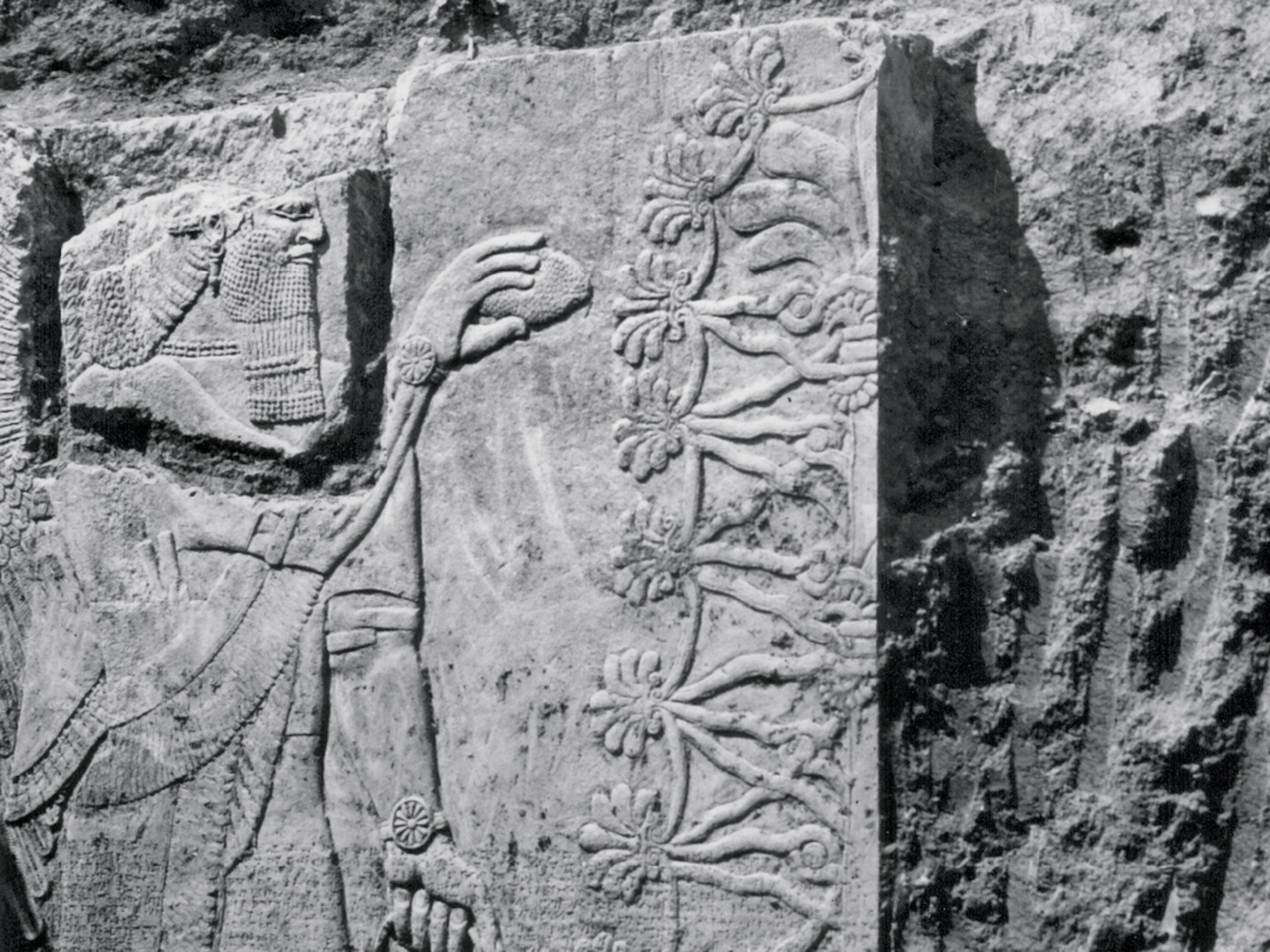Explore the Temples of An Ancient Greek Cult
Walk the path of a cult initiate and explore the Sanctuary of the Great Gods on the Greek island of Samothrace in this meticulous virtual re-creation of the sacred grounds.
Propylon of Ptolemy II
Prospective initiates entered the sanctuary at night, passing through a grand gatehouse that divided secular from sacred space. They then descended a plunging ramp that crossed a deep ravine to arrive at the Theatral Circle, where they were made ready for the rites of initiation that would take place in the valley below.
Hall of Choral Dancers
After undergoing preliminary rituals in the Theatral Circle, initiates proceeded to the heart of the sanctuary by descending the steep Sacred Way. They would first catch a glimpse of the great Rotunda of Arsinoe on the right, and then the slender Ionic columns of the Hall of Choral Dancers, so named for its elegant frieze of dancing women. This marble building, the earliest monumental structure in the sanctuary, had two deep chambers and interior installations for both sacrifice and liquid offerings to the gods. Behind these closed doors, the rites of initiation unfolded.
Hieron
The rituals likely continued in another great building hidden behind the hall, which has been named the Hieron. Once initiates rounded the corner, this building would come into view, with its deep porch of Doric columns and rich sculptural decoration. Within its interior, benches lined the walls, and lateral doors led to sequestered areas. The room ended in a great apse, a very rare feature in Greek architecture, and one that must have framed special rites, perhaps those culminating initiation.
Winged Victory
In the light of day, the newly initiated could admire the many splendid dedications grateful clients offered to the great gods, including the famous Winged Victory of Samothrace, now in the Louvre Museum. This great winged female represented Nike, the personification of victory, touching down on the prow of a warship. She originally stood at the highest point in the sanctuary above the theater, where she was visible from many vantages.
Exit of the Sacred Way
Initiates left the sanctuary along the same route by which they had entered, but the experience was now very different. Rather than making a steep and circuitous descent in darkness, initiates passed through the elegant sacred valley with the great mountain behind and the sparkling sea before them. They now possessed privileged knowledge, gained from the secret but transformative rites they had experienced within the great Samothracian buildings. To depart, they once again sought out the steep path of the Sacred Way, steadily climbing upward past the Rotunda of Arsinoe. At the crest of the hill, they passed by the Ionic Porch, admiring its marble ceiling decorated with floral designs signifying fertility. They circled around the steep rock on which the building built by the successors of Alexander the Great stood, thus returning to the Theatral Circle. Here they bid farewell to the great gods by leaving behind the ritual vessels they had used in the sanctuary. They then ascended the great ramp, walked under the Corinthian façade of the gatehouse, and passed through its narrow door to reenter a world full of changed prospects.





